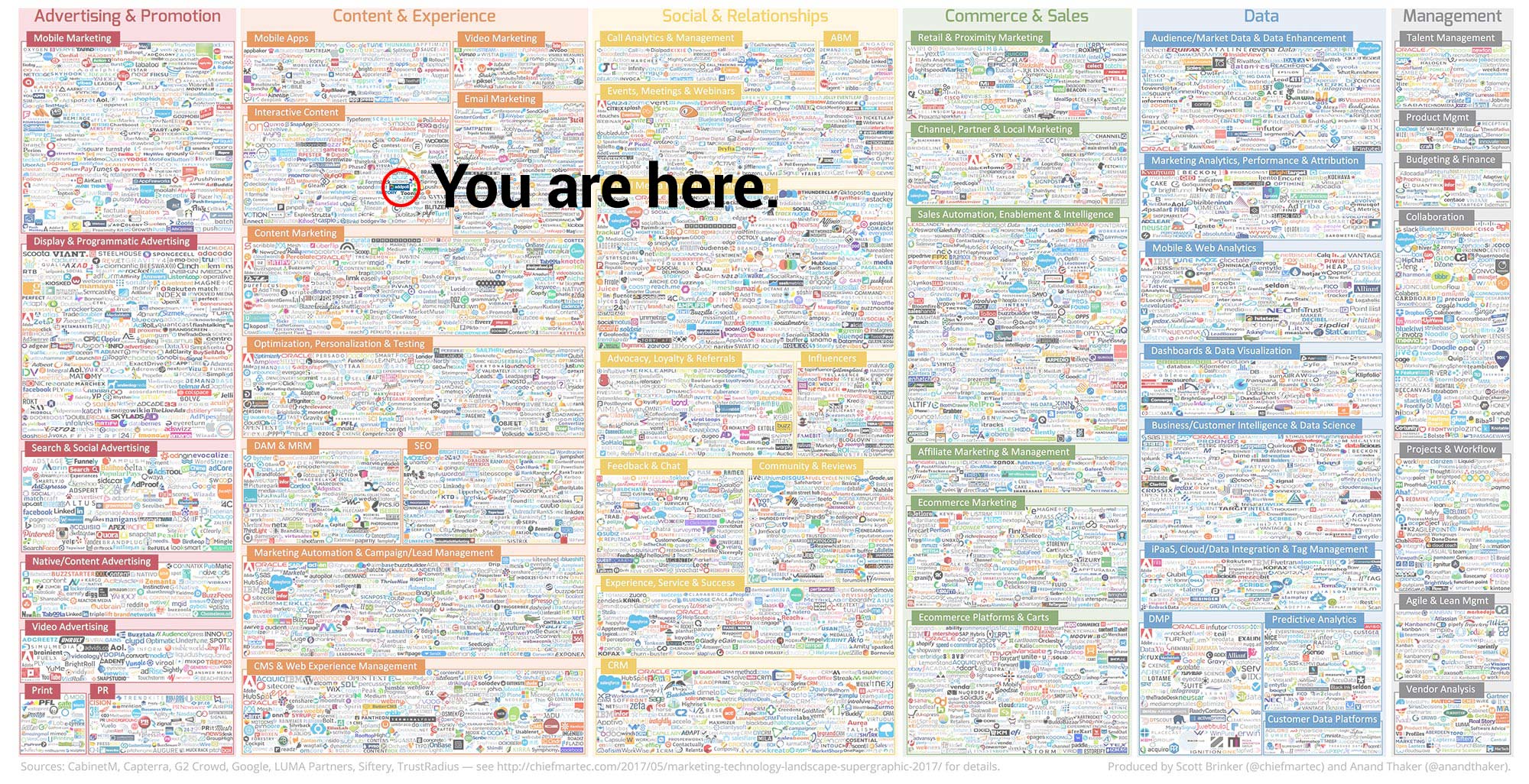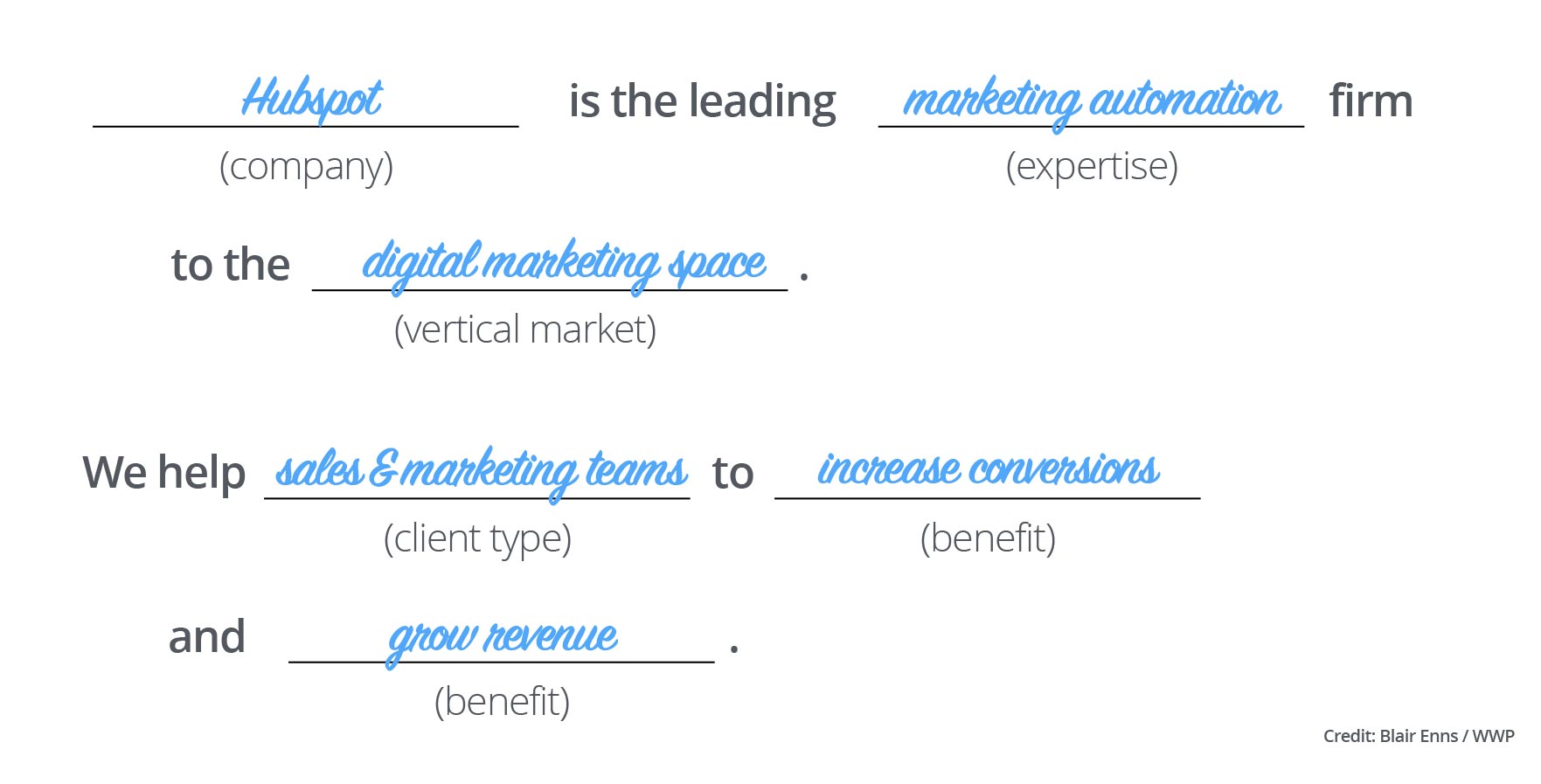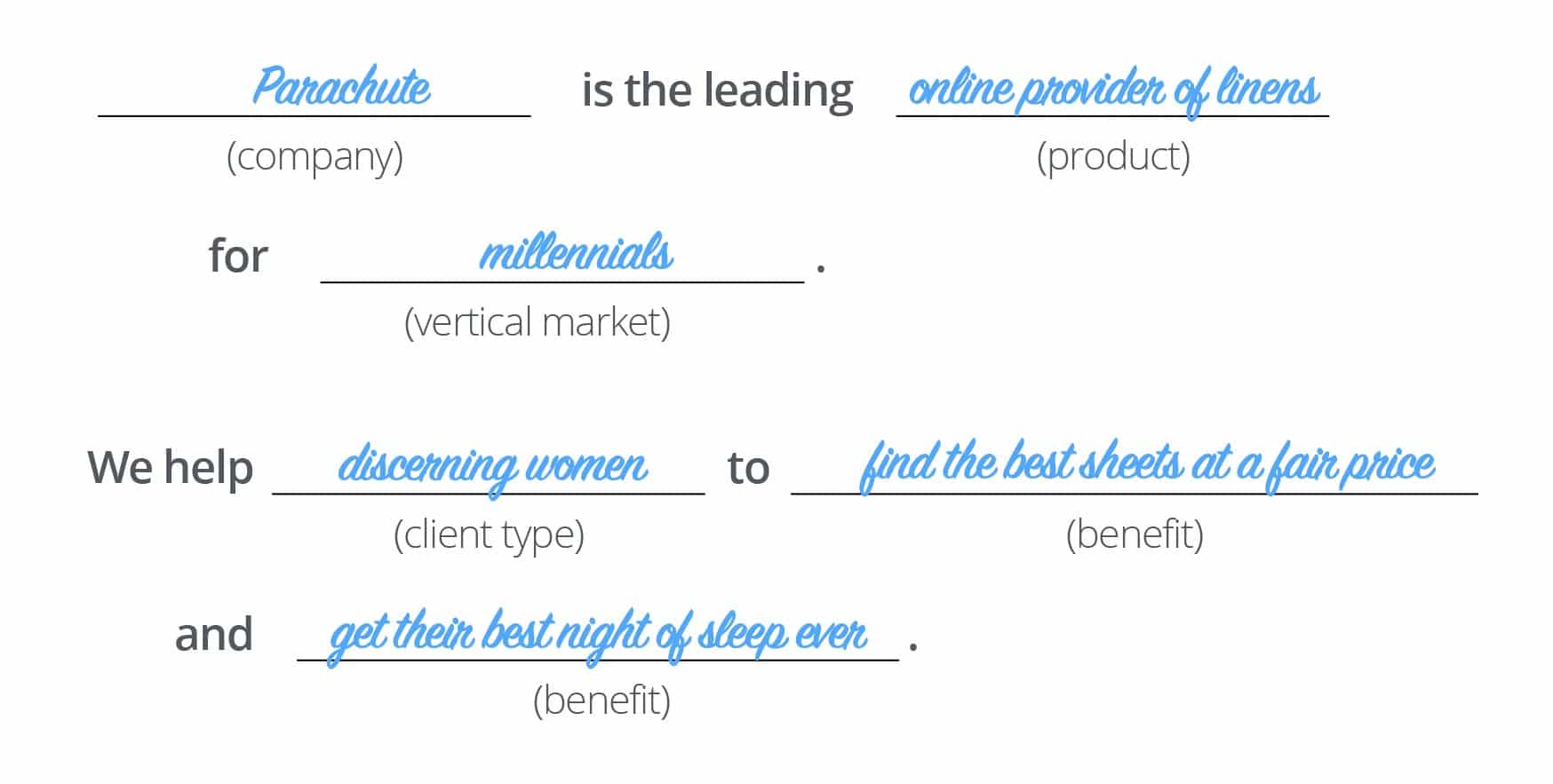Brand Strategy 101: How to Position Your Startup for Success

Positioning an early-stage company brings its own set of challenges and opportunities. Learn some best practices and pitfalls to avoid as you set your strategic plans into motion. This article is a companion to our webcast "Positioning for Startups: Differentiate or Die"
Most companies are born from an idea, usually for a product or service that fits an unmet need. Understandably, the company can’t wait to go to market with this hopefully game-changing offering. However, every great product or service has a strong brand and business strategy behind it. Your brand is what people are going to think and feel when they interact with a company, and you want your company to stand out from the very crowded pack. That’s where brand positioning comes in.
Positioning refers to the place the brand occupies in the mind of the customer. Simply put, it’s what a product or service does, and who it is for. Positioning is thus the foundation for business strategy; it sets the tone for how a business will differentiate itself from its competitors.
Well-positioned brands outperform the S&P 500, compete in larger geographic areas, have fewer competitors, and can better track and earn trust from increasingly sophisticated clients and customers Strong positioning also boosts internal productivity and attracts talent and investment.
The very early stages of building a company are exciting, but they’re also hectic and stressful. Companies often struggle after going to market because they haven’t quite done enough of the crucial behind-the-scenes legwork needed to set a strong foundation. Positioning is a big part of that bedrock. This isn’t always intentional.

Common issues and how to navigate them:
Pitfall: Your business strategy or product is not fully defined
Why it’s a problem: It’s understandable when things come into focus slowly. Early on, things often change from month to month.
What you should do: Work on your positioning and your strategy in parallel, and let one inform the other. So as you learn to validate aspects of your strategy, let the information you’ve gathered drive the decisions you’re making.
Pitfall: Not enough bandwidth
Why it’s a problem: In the early days, everyone in the company is wearing a few too many hats, being pulled in all different directions.
What you should do: Come together and prioritize your strategy and, in particular, your positioning. These crucial aspects are the core of your company and will inform every other decision you make.
Pitfall: Creating an entirely new category
Why it’s a problem: Finding the open blue ocean as opposed to entering the bloody red (aka competitive) ocean can be alluring, but it’s challenging. Sometimes timing isn’t right—you’re too early, making the value of your product or service challenging to articulate.
What you should do: See if it’s possible to enter an already existing but underserved category – unless you genuinely have the killer app.
Pitfall: Overweighting the perceived preferences of investors
Why it’s a problem: Obviously, startups want to make their investors happy, but they need to remain prudent about how they do so. Sometimes companies can become trend-chasers, looking to latch onto the latest fad to look like they’re an instant success.
What you should do: Stick to your fundamental strategy. Only align with a trend if it fits the core business purpose.
Pitfall: Keeping everyone happy
Why it’s a problem: Startups are often the result of a group of people with an idea, and since capital is limited a young business usually has many founders. Everyone has their own opinion, which can sometimes lead to an atmosphere of accommodation. However, trying to keep everyone happy often means nobody ends up happy.
What you should do: Instead of trying to water down your ideas, direction and strategy to appease everyone in the room, fight back against the natural urge to compromise and dig deep. Often the most influential idea—and brand positioning—comes out of this type of muck-and-grind battle
Four Positioning Hacks For Startups
Strong brand positioning is tailored to the market and product type. We’ve come up with four quick positioning hacks that can get your initial positioning strategy off to a good start, depending on what situation your company is in (we know not everyone is ready to hire a branding agency).
- If you have a new product in an existing market, the market already knows your competition, so look for points of differentiation
- If you have a new product in a new market, sell your mission and vision rather than focusing on features
- If you have a new product attempting to disrupt an existing market through low cost, attack competitors head-on with a focus on price
- If you have a new product trying to disrupt an existing market through creating a niche, focus on how your product is better and different than incumbents
Prepare, Prepare, Prepare
When brainstorming your positioning, first do a little futurecasting and try to identify opportunities for the business. Then, take an inventory of any assets you may have, like intellectual property, patents, talent. Also, assess market trends—don’t hop on a trend for trendiness’ sake, but look at developing trends and see how you may be able to exploit them.
Also, an honest assessment of market trends can help you fend off various threats. For instance, privacy is a hot-button topic—does your product or service bring about any privacy concerns?
After brainstorming, perform an in-depth analysis of the market and where your company will fit among it. Here are some questions to ask yourself while analyzing the market:
- Are you able to reach a lucrative market, and do it affordable?
- Are there any barriers to entry, like regulations and compliance issues?
- Does your company fill an unmet need, and can you validate it?
- Is there any way that you can confirm that there’s a desperate need in the market for your offer?
- Are the markets you’re looking at too full? Are you trying to pursue too much at once? Is it too narrow?
- Are you narrowing down so much that there’s not enough opportunity there?
Finally, complete a competitive analysis where you identify the crowded and less crowded areas, pinpointing as best you can where your business’s best opportunity lies.
It’s important to note that positioning is not a value proposition. Whereas positioning describes how you’re going to be perceived in the marketplace, a value proposition is how you deliver value to specific customer sets. Determining your value proposition can inform your positioning, so it’s a crucial step in the positioning process.
After you’ve done all the preparation work, you can begin to craft your positioning statement—an internal, brief, but strong articulation of your positioning. Generally, a positioning statement informs your external marketing but isn’t quite used verbatim in communications. Good positioning statements are polarizing—ideally, they’ll attract some folks and repel others. Positioning statements should also enhance company culture, attract talent, and project confidence.
Crafting Your Positioning
Our natural human instinct is to do what we know works. However, this doesn’t work for positioning. Merely looking at your competition and adopting their best practices while striving to offer slightly more features or better service is, frankly, a death knell. While you’re copying, true innovators are out there creating the next groundbreaking product and truly differentiating their brand.
There are different types of positioning statements that companies can craft:
The Elevator Pitch
The elevator pitch should succinctly answer the simple question, “What do you do?” A clear elevator pitch should be verbally clear and will resonate with investors, customers, and a B2B audience.
Below is a template for a strong Elevator Pitch positioning statement for B2B companies:

Result: “Hubspot is the leading marketing automation firm to the digital marketing space. We help sales and marketing teams to increase conversions and grow revenue.
Here’s a template for B2C:

Result: Parachute is the leading online provider of linens for millennials. Discerning women come to our store to buy premium sheets at a fair price resulting in their best night of sleep ever.
As noted in the second example, the template is more of a rough guide, and the language should be parsed to best fit your company’s tone, voice, and culture.
The Mission-Based Approach
Mission-based approaches come from a higher calling. They tend to sound confident, inspirational, positive. Mission-based positioning, which works mostly in B2C, is meant to inspire customers and employees to sign up for your mission. It’s all about building a movement, about fighting an enemy, about righting a wrong. Here’s a template for a mission-based positioning:

Result: Parachute is on a mission to offer the best sheets on the market and inspire a community around sleep, wellness, and a comfortable home.
Validating Your Positioning
Regardless of which type of positioning statement you end up crafting, the next step is to validate. You can opt for numerous ways of validation, including but not limited to using the statement on a landing page or pay-per-click ads and track engagement, gather informal feedback through colleagues, friends, or industry experts, or finally, if you have the budget for it, by hiring external consultants. Regardless of the path you take to validate, positioning is a living, breathing thing. It is critical that your company doesn’t nearly settle on positioning and rest on its laurels, but instead continue to massage, iterate, and improve it.
Moreover, when you think you have your positioning down for good, that’s when you have to think about it even harder. Eventually, you’ll go to market, and that’s when you’ll start to get meaningful feedback. We’ve come up with five questions to ask yourself before and after you’ve put yourself out into the world; five questions to measure your positioning up against that will ensure you can continue ahead with confidence.
- Are you afraid? A little fear is a good thing.
- Are you energized? You should be excited to put this out into the world.
- Can you find the customers you’re trying to reach? This is all for naught if your positioning doesn’t help you build custom, well-targeted audiences.
- Are you getting attention? Is it polarizing enough, or are you just another company?
- Are you more profitable? It’s all about the Benjamins!
Summing Up
Young companies are full of ambition and energy, but what separates those who succeed from those who fail is true differentiation. It’s unrealistic to think that every product or service created by a new company will be brand new, so the company has to be different in how it brands itself, which markets it enters, and how it enters those markets.
To differentiate itself, a company must adequately determine its positioning. It is the driving factor in whether you will make a splash when you go to market or evaporate into thin air.
This article is a companion to our webcast “Positioning for Startups: Differentiate or Die” Click here to watch the free webinar.
If this article helped you, please help us by sharing it or recommending to a friend. Thank you!


